Letter recognition Building Vocabulary Worksheets for Ages 3-8
8 filtered results
-
From - To
Welcome to our "Letter Recognition Building Vocabulary Worksheets" page, designed for children aged 3-8! These engaging worksheets help young learners master the essential skill of letter recognition, laying the groundwork for vocabulary development and reading readiness. Through fun activities such as tracing, matching, and coloring, children will explore the alphabet while enhancing their language skills. Each worksheet is crafted to cater to different learning styles, making it easy for educators and parents to support their child's educational journey. Perfect for home or classroom use, our resources ensure a playful yet effective way to build foundational literacy skills. Download and start learning today!
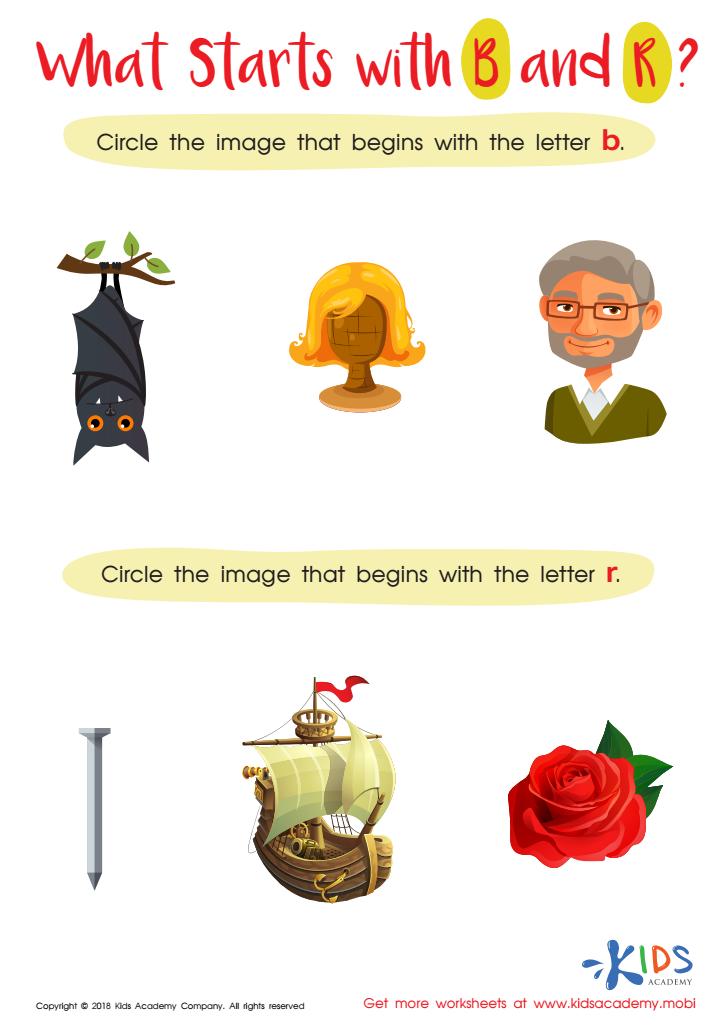

What Starts with B and R? Worksheet
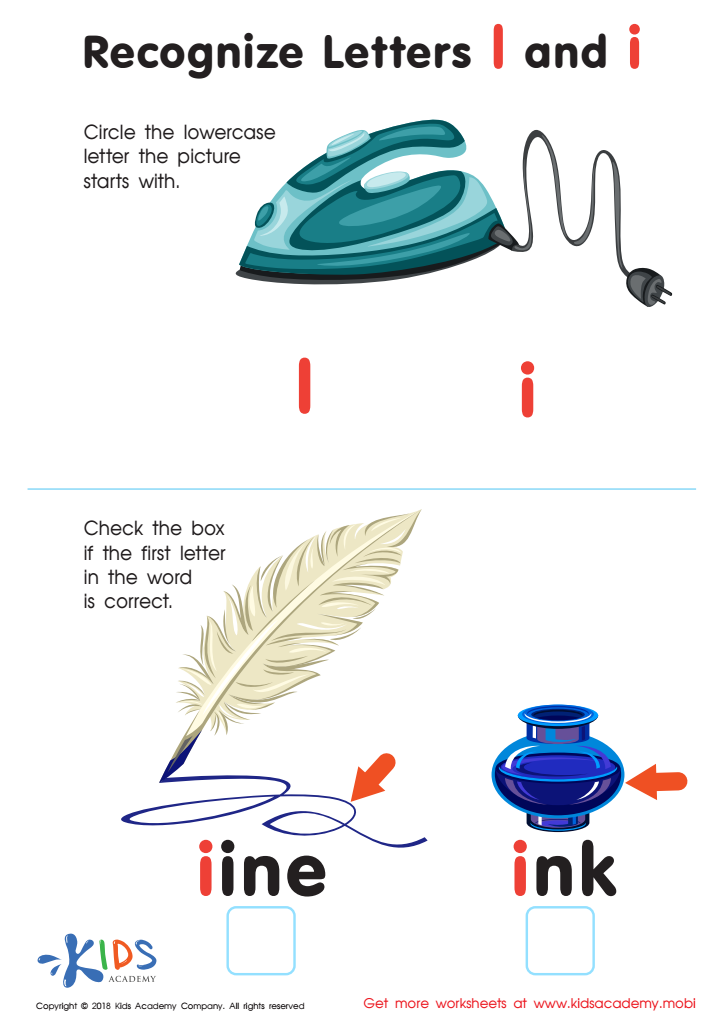

Recognize Letters l and i Worksheet
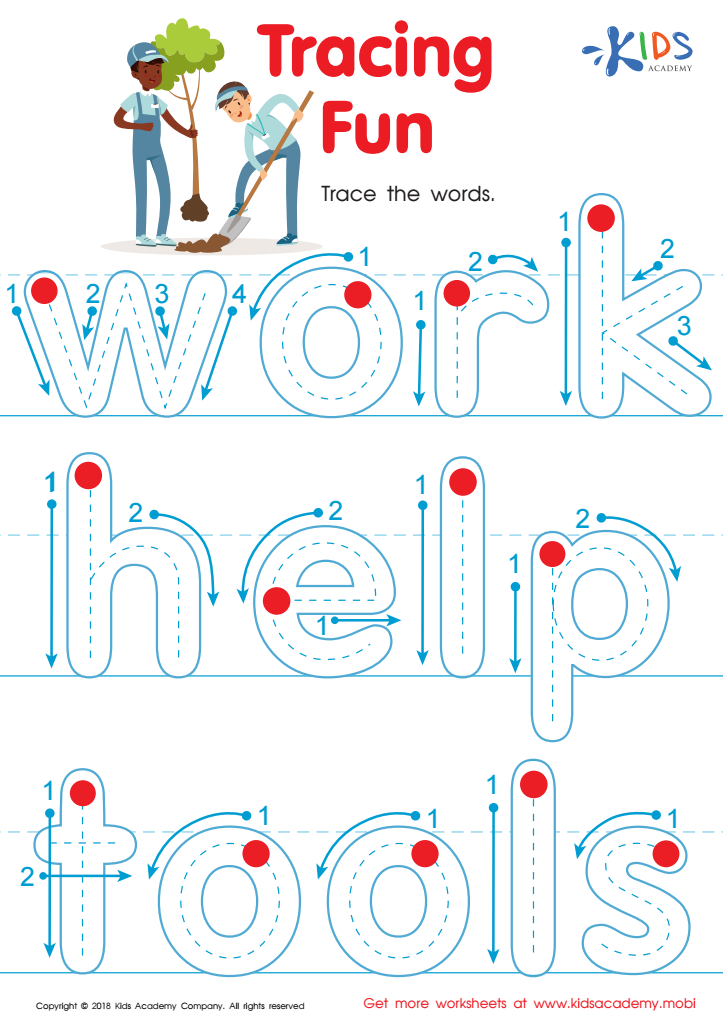

Tracing Fun Worksheet
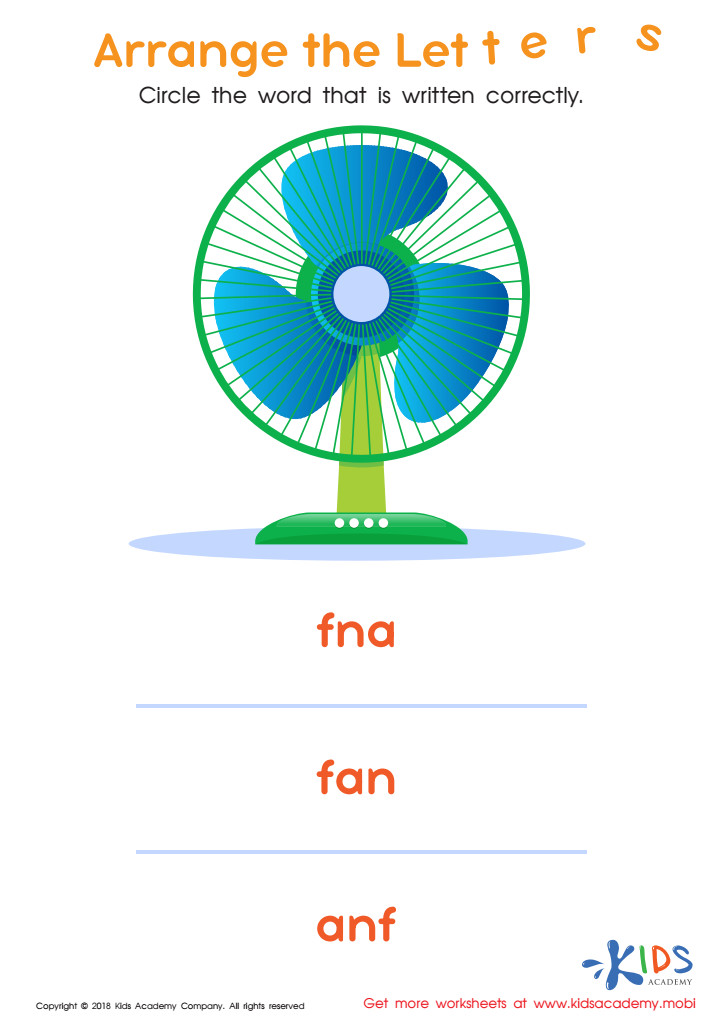

Arrange the Letters Worksheet


Baby, Boat, Bird Worksheet Sight Words Worksheet
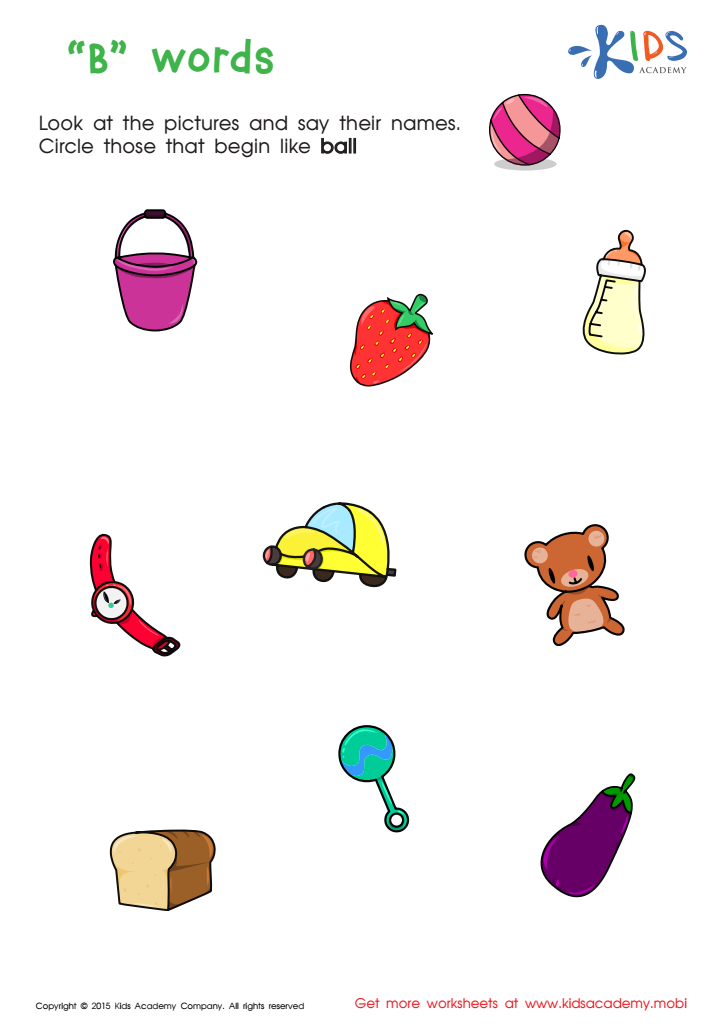

First Words Worksheet
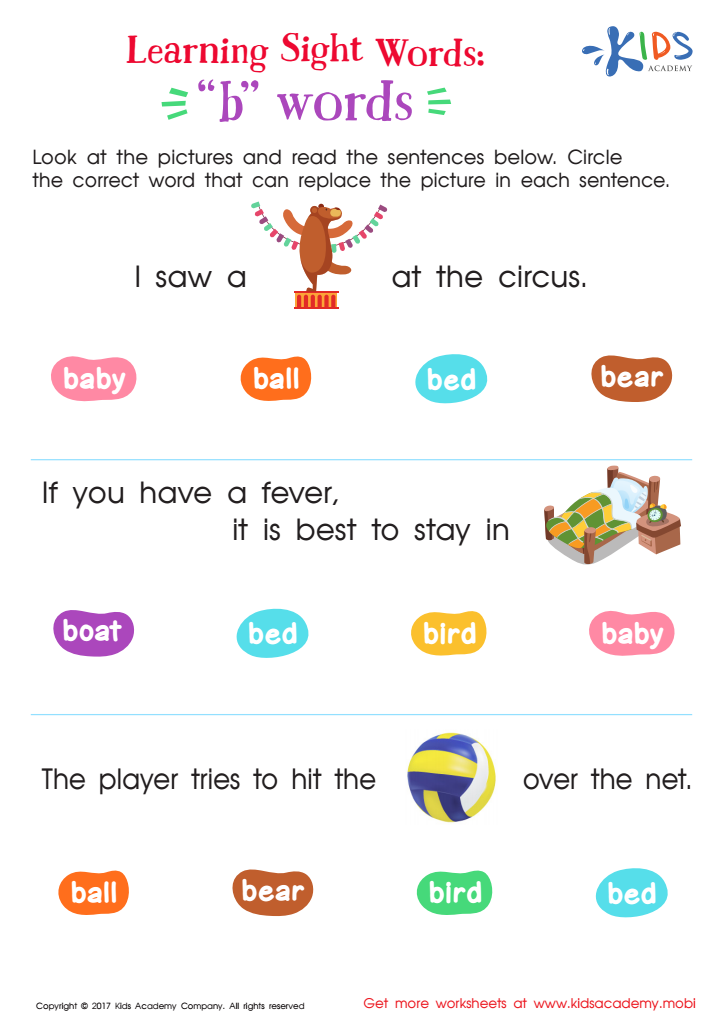

"B" Words Printable Sight Words Worksheet
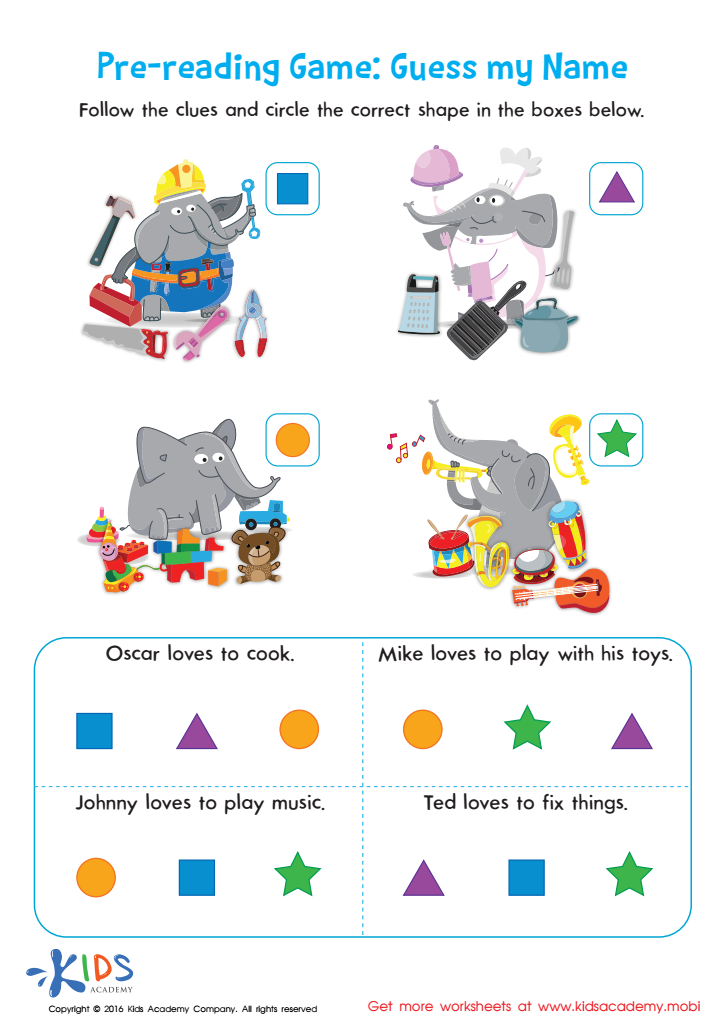

Pre Reading Worksheet Guess My Name
Letter recognition and vocabulary building are essential components of literacy development for children ages 3-8. This period is critical as children's brains are highly adaptable, making it the optimal time for developing foundational reading and language skills.
Parents and teachers should care about letter recognition because it forms the basis for reading. Recognizing letters allows children to connect sounds with symbols, paving the way for decoding words. Early exposure to letters through activities like singing the alphabet, playing with letter blocks, or reading books together enhances children's familiarity with them.
Building vocabulary is equally important. A rich vocabulary enables children to express themselves clearly and understand the world around them. It supports comprehension in reading and fosters effective communication skills. Engaging children in conversations, introducing them to new words in context, and reading diverse stories can significantly enhance their vocabulary.
Both letter recognition and vocabulary building contribute to overall academic success and self-confidence in literacy. By prioritizing these aspects, parents and teachers equip children with the tools they need to thrive in school and beyond, ultimately setting the stage for lifelong learning and curiosity.

 Assign to My Students
Assign to My Students
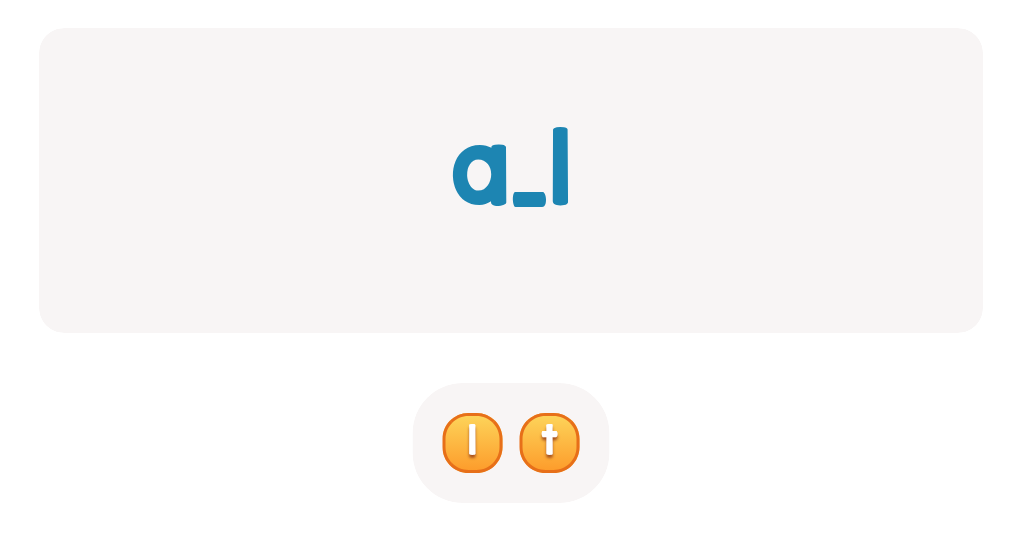

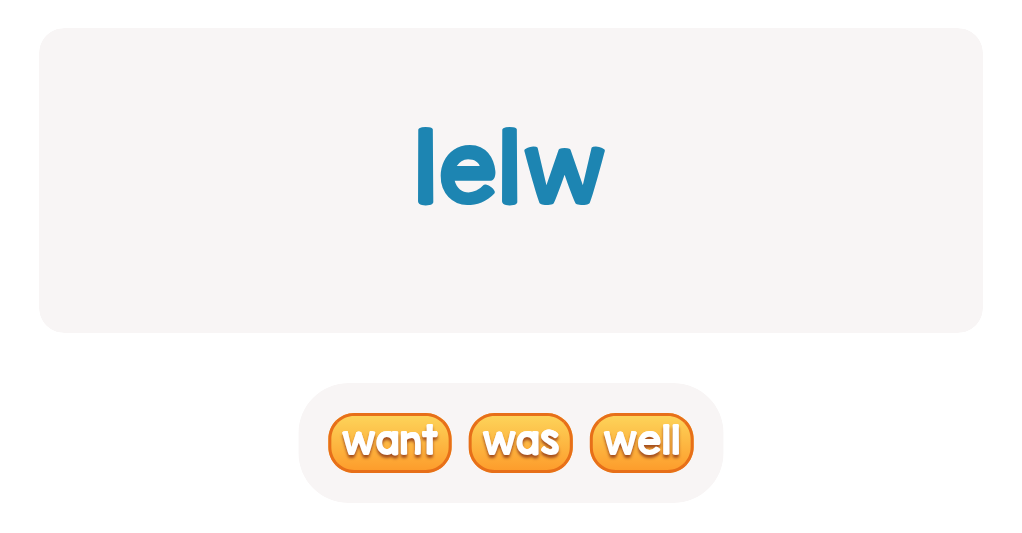
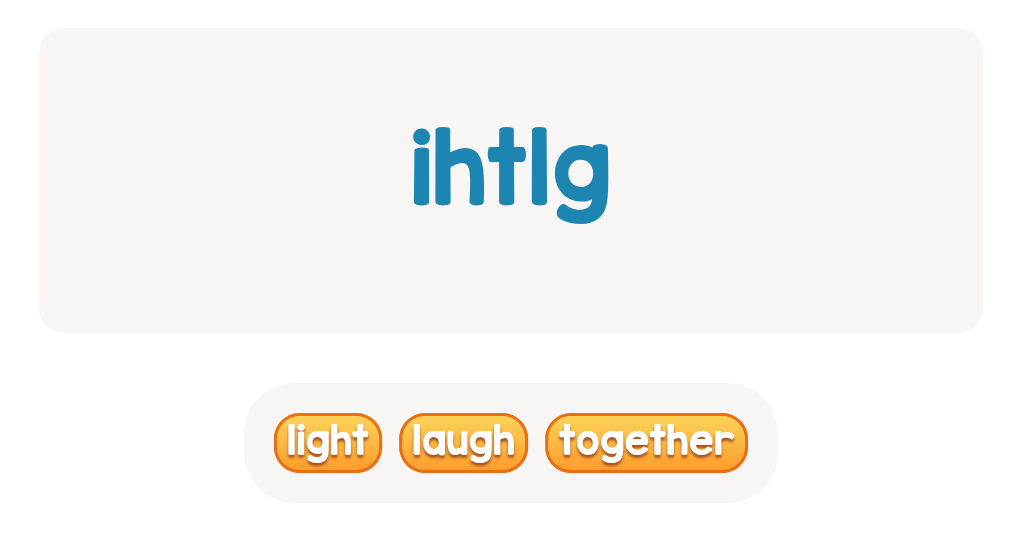
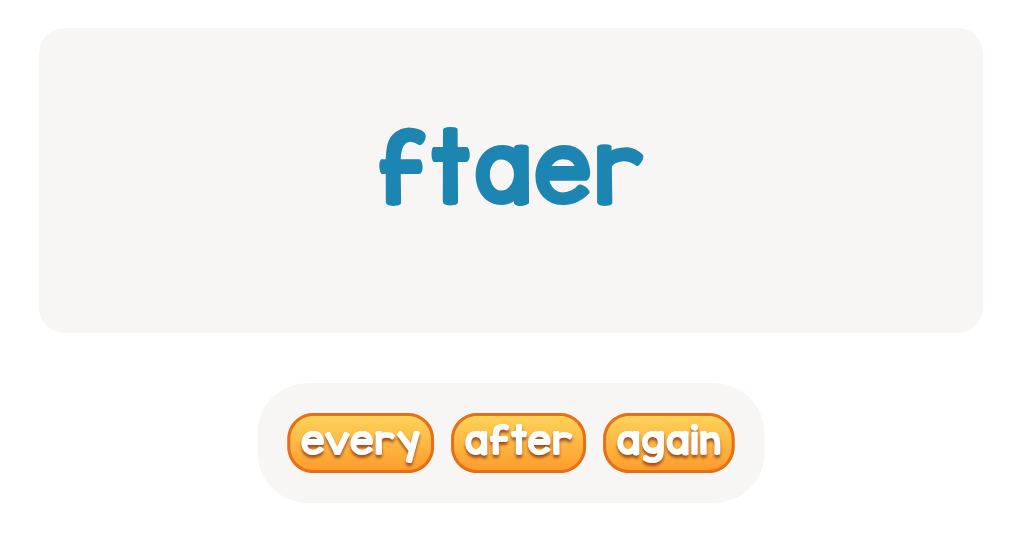
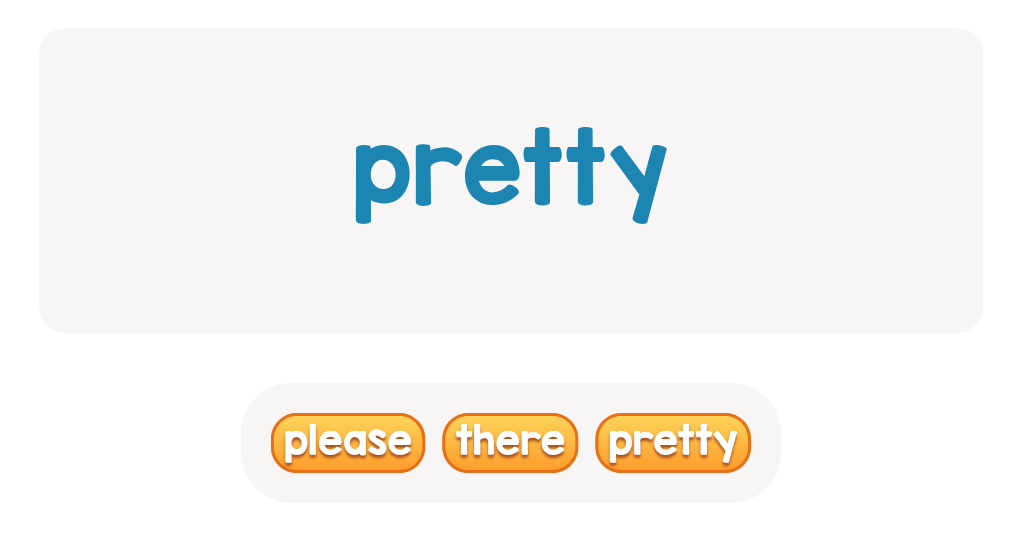
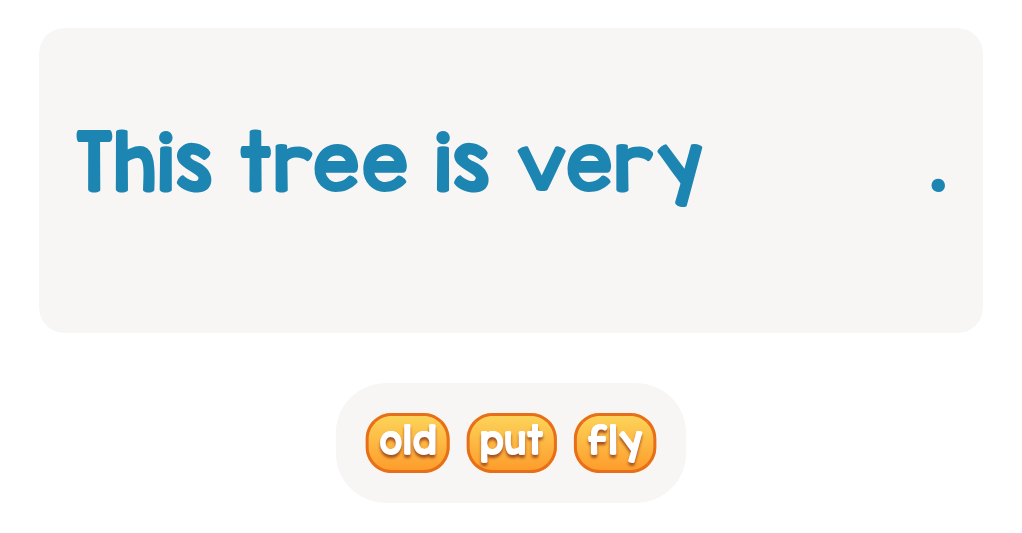
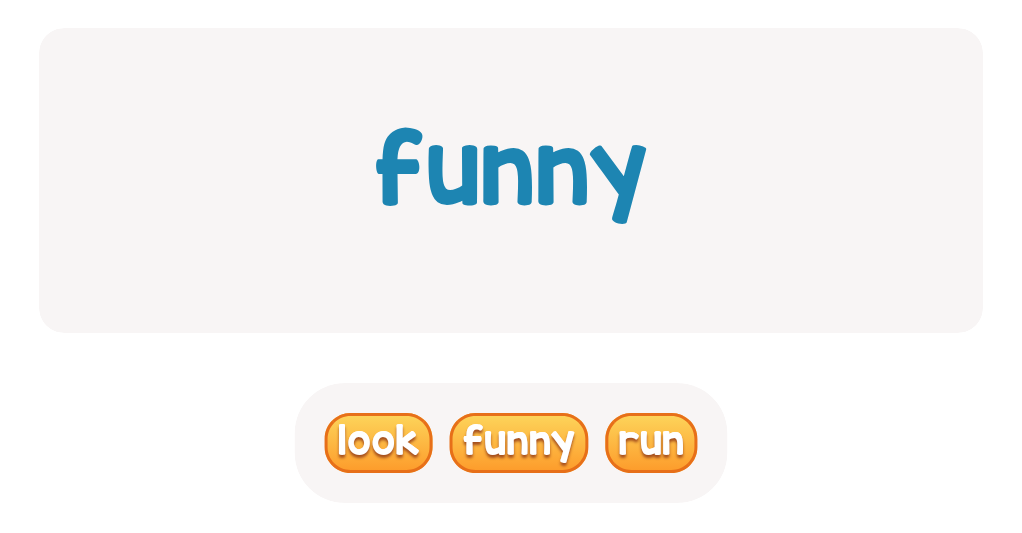
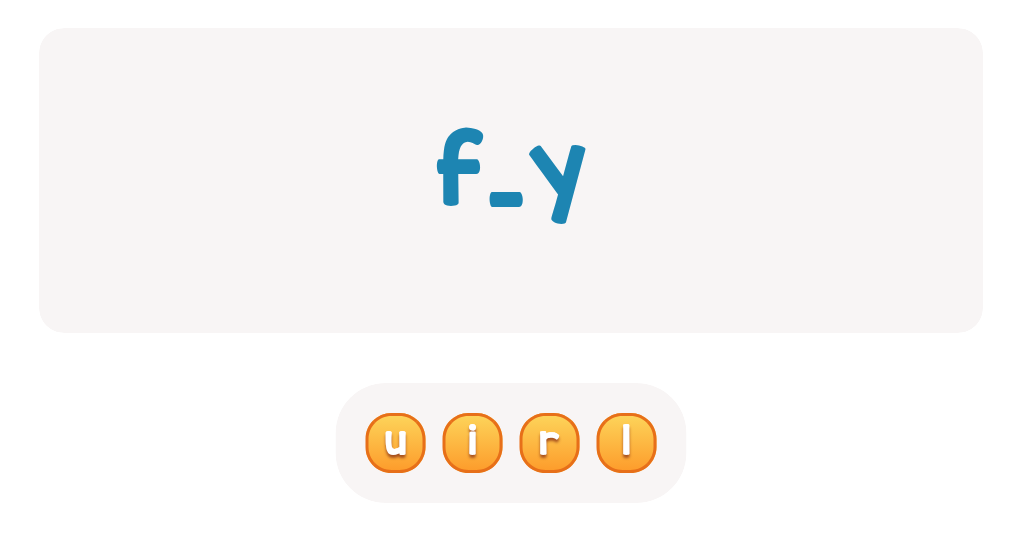






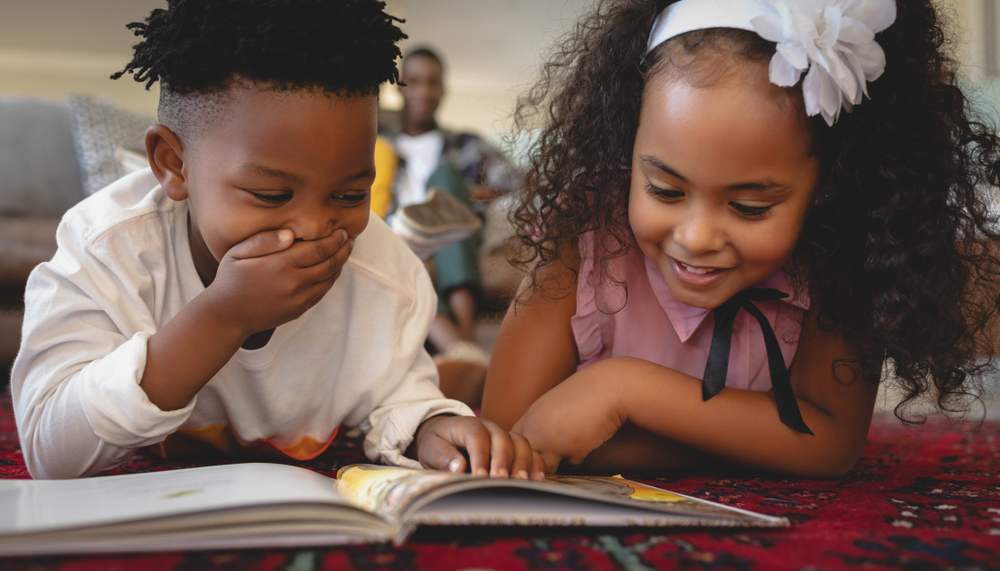

.jpg)
.jpg)










